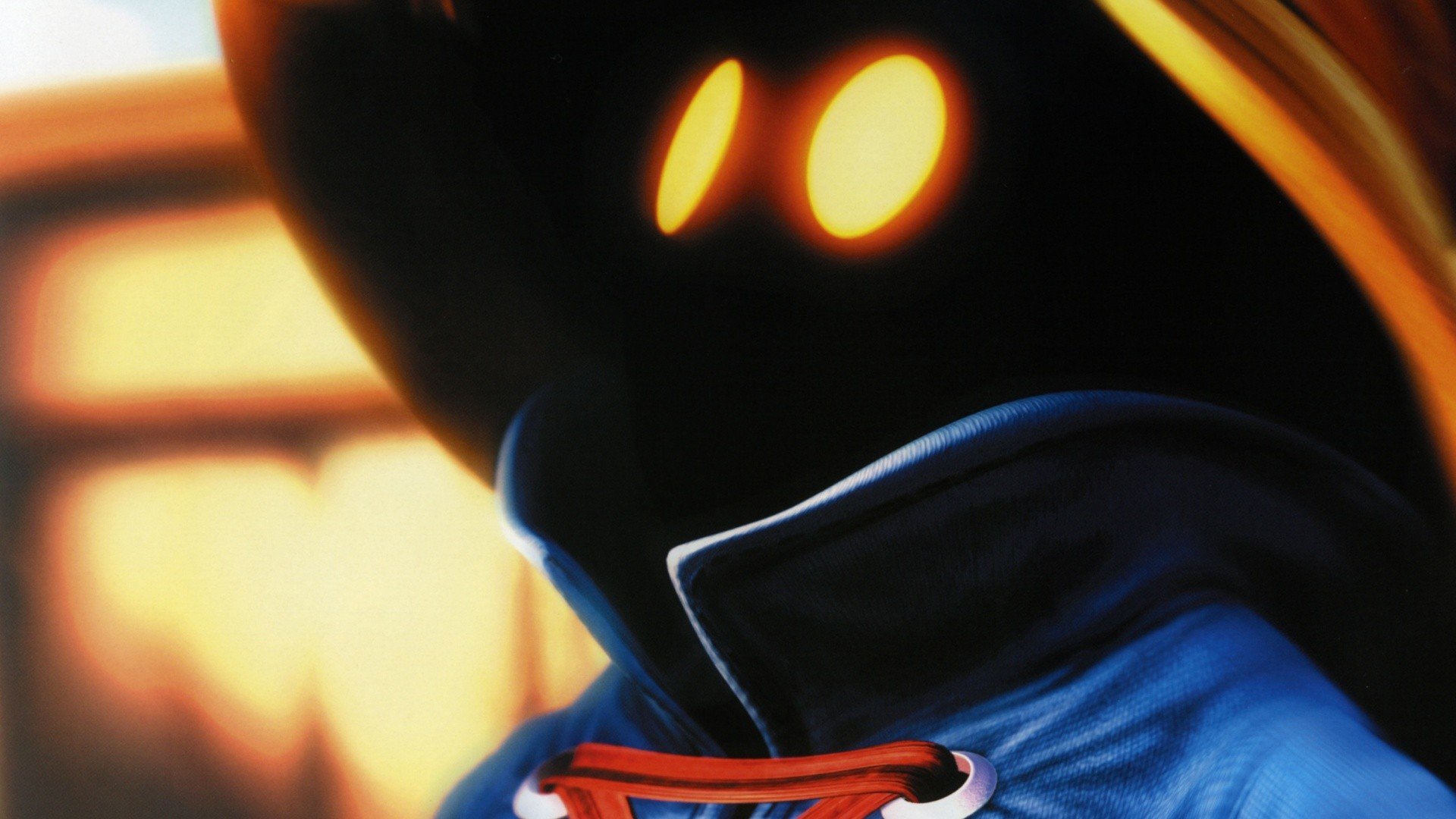

For someone to work it out, they would have to be targeting you specifically. I would imagine that is not as common as, eg, using a database of leaked passwords to automatically try as many username-password combinations as possible. I don’t think it’s a great pattern either, but it’s probably better than what most people would do to get easy-to-remember passwords. If you string it with other patterns that are easy for you to memorize you could get a password that is decently safe in total.
Don’t complicate it. Use a password manager. I know none of my passwords and that’s how it should be.
A password manager isn’t really any less complicated. You’ve just out-sourced the complexity to someone else. How have you actually vetted your password manager and what’s your backup plan for when they fuck up?






So no vetting at all presumably since you didn’t mention it? So how do you know that Dashlane is safer than a password scheme that might be guessed by someone after they’ve already compromised a couple of your passwords?